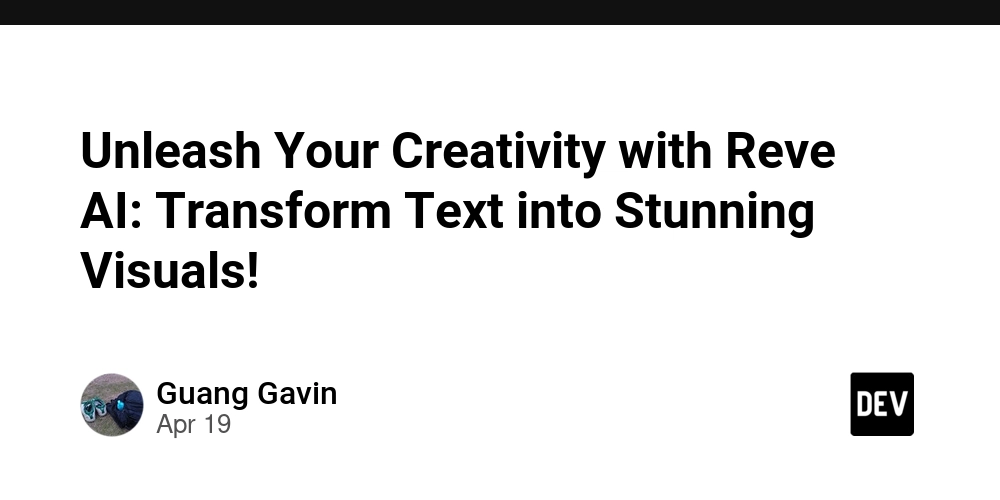The use (and design) of tools
It’s hard to build a house without a hammer. The hammer has been around for a long time, and thanks to its intuitive design, a user can get 70% of the benefit after less than ten minutes of instruction. People who depend on hammers for their livelihood are probably at over 95% efficiency. In the […]

It’s hard to build a house without a hammer.
The hammer has been around for a long time, and thanks to its intuitive design, a user can get 70% of the benefit after less than ten minutes of instruction. People who depend on hammers for their livelihood are probably at over 95% efficiency.
In the last decade, we’ve outfitted billions of people with tools that didn’t exist until recently. And because of market pressure, the design of these tools is very different.
They generally deliver a fraction of their potential productivity when used casually.
We’ve adopted the mindset of Too Busy To Learn. As a result, we prefer tools that give us quick results, not the ones that are worth learning. This ignores the truth of a great modern professional’s tool: it’s complicated for a reason.
Some tools, like Discord, are optimized for informal poking and casual use. As a result, more nuanced and sophisticated (and powerful) tools like Discourse are harder to sell to new users.
Surfing doesn’t have many participants, because it takes a long time to get good enough at surfing to have fun. Pickleball, on the other hand, rewards casual first-timers.
That’s fine for a hobby, but when we spend our days hassling with our tools, it’s a problem.
As a result of this cycle of Too Busy To Learn, we end up spending our days using software incorrectly and creating frustration. We blame the tools instead of learning to use them.
Don’t hold the hammer at the wrong end. And insist on software that’s worth the time it takes to learn.
Most important, once you find software that’s worth the time to learn, learn it.










































































